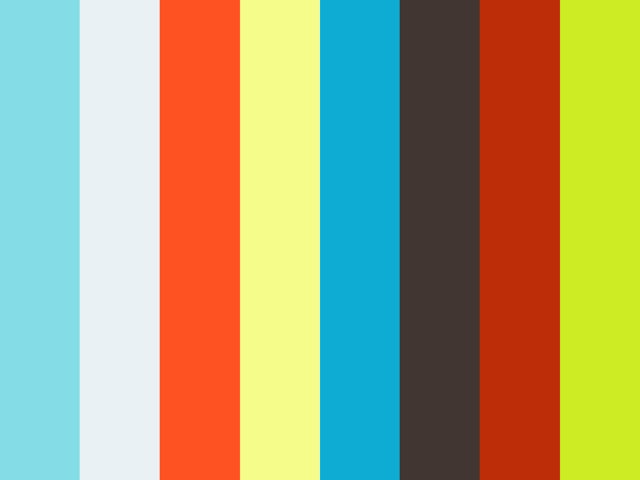How To Make It In The Music Business
My good friend and Art School colleague Francesca Cassavetti (a brilliant and funny cartoonist) drew this story of how myself, Pete Barrett and Cally got involved in the music industry in 1976. At the time there was a book called 'How To Make It In The Music Industry' which was written by Tin Pan Alley writer and producer of the most awful saccharine pop music called Tony Hatch. As a joke we used to carry it around as if was the bible constantly bringing it out and reading quotes from it. Cesca's cartoons, more than anything else, capture the true spirit of who we were and how we fit in as art students. These particular cartoons are part of a book of art and anecdotes from my career, working with some of the most influential artist's of all time, which in truth had so much more to do with being in the right place at the right time with the right attitude than it did about talent (we got that eventually) Unlike most graphic design books this includes my recollections of each job and how in each case it took me to the next level.
This was John Taylor's idea as he felt it would document some important moments in pop culture. I give all the credit to John for pioneering and directing it, from the name 'Biography of a Creative Vandal' to him writing the introduction, taping several hours of me talking about each job (he even transcribed them himself) he also came up with how each chapter in the book should depict an iconic album cover or piece of artwork.
Chapter 1 is 'Creative Vandal' and is about how myself, Pete and Cally got to do the Ramones t shirt
Chapter 2 is 'White Man in Hammersmith Palais' and is about Pete and I getting asked to do the cover for The Clash's 'White Man in Hammersmith Palais' single cover
Chapter 3 is 'Searching for the Young Soul Rebels' and how through The Clash manager, Bernard Rhodes, Pete and I did our first ever album cover while still at Art School for Dexy's Midnight Runners - 'Searching for the Young Soul Rebels'
Chapter 4 is 'See Jungle! See Jungle!' My first solo project and how I met Malcolm McLaren up at EMI while I was with Bernard delivering the Dexy's cover. This meeting was the beginning of my most important creative relationship and how much i learned from Malcolm and how that cover came about and the controversy and notoriety it got
Chapter 5 is 'Duck Rock' which is one of my most 'in the moment' covers and my relationship with Malcolm, moving to New York and my introduction to this new style of music called 'Rap' or 'Hip Hop' and how I got involved with iconic graffiti artists Keith Haring and Dondi White.
Chapter 6 'Biograph' how i ended up working with Bob Dylan through Malcolm and some of the most interesting moments with one of the most celebrated artists of all time.
Chapter 7 'Kick' how a song called 'What You Need' and a friend of Michael Hutchence took me to meeting Michael after INXS played Madison Square Garden and led to one of my most successful album covers and the initial resistance from the bands manager
Chapter 8 'Youth Against Fascism' My transition from album covers into music videos and how I always was interested in the idea of moving album covers of which the Sonic Youth 'Youth Against Fascism' video I did, illustrated that.
Chapter 9 'Ordinary World' the beginning of my greatest and creatively best work with Duran Duran and that special relationship that still remains today
Chapter 10 "Live Forever' the pinnacle of my success as a video director and how that video was close to perfect for me.
Chapter 11 'Filthy Lucre' looks at how everything came full circle when I did the 'Filthy Lucre' cover for the Sex Pistols, this is when I realized I had created a niche in music history.
Chapter 12 'Various Artists' John and I list our favorite (non Nick Egan) album covers.
John Went to Tokyo to meet the head of Taschen Books, who wanted to publish the book, but we turned the offer down because they wanted exclusive rights.
The book got put on hiatus when John was given a deal to write his own biography. Then one thing led to another and other things became more important until the other day John said we should get into it again.
Below, with Cesca's comic strip, are a few examples of what we have done. At this point we are back to looking for a publisher of quality art books, so if anyone knows any publishers who would be interested please let us know.
In the short time we paused the publishing industry has completely changed. Firstly, people don't buy books like they used to and secondly you can pretty much publish your own book but both John and i want the old fashioned coffee table, beautifully printed edition, some traditions are important to retain
to show people how books were part of persons character and said a lot about the owner or collector, just like the resurgence of vinyl, the printed paper is still the best way to appreciate the art form.


















